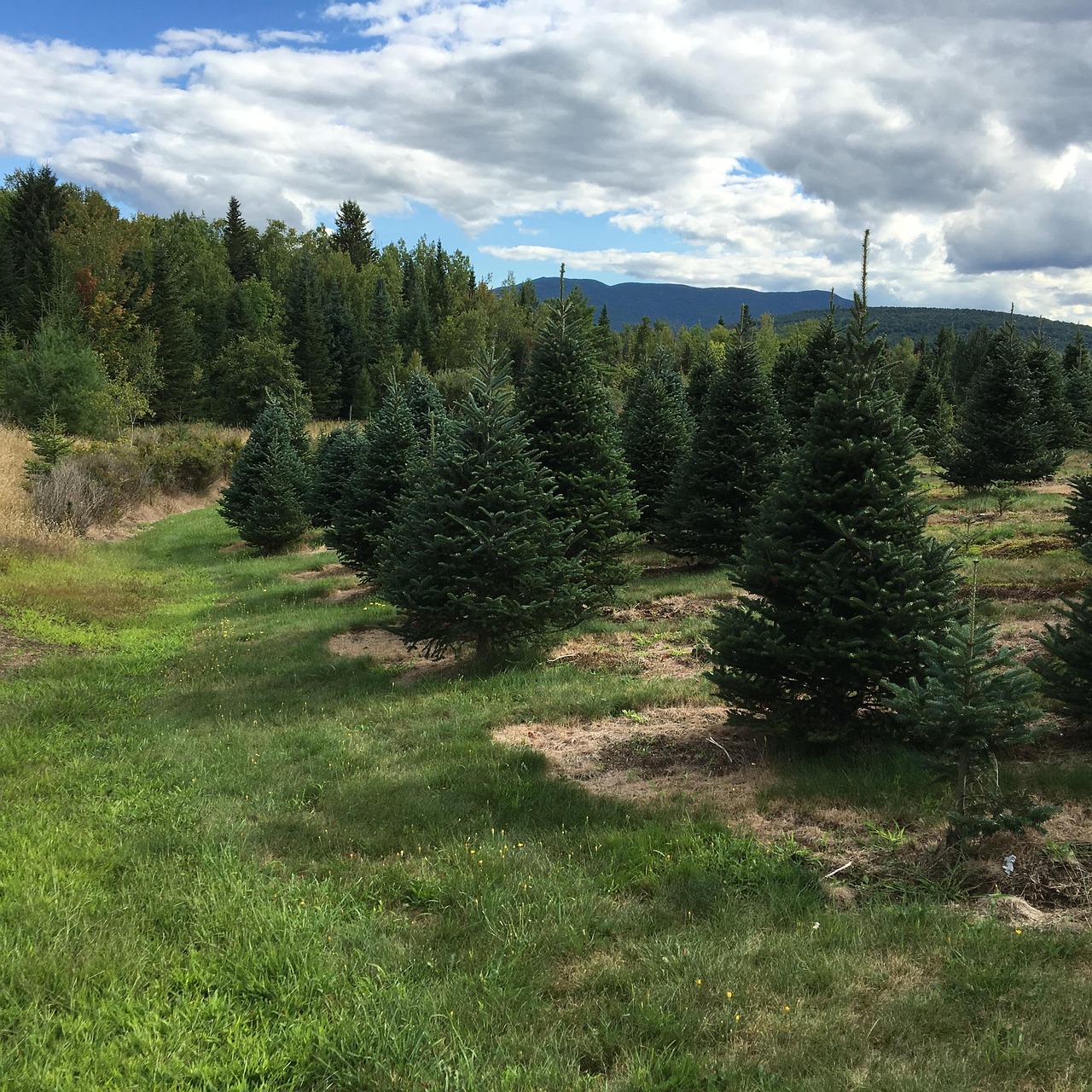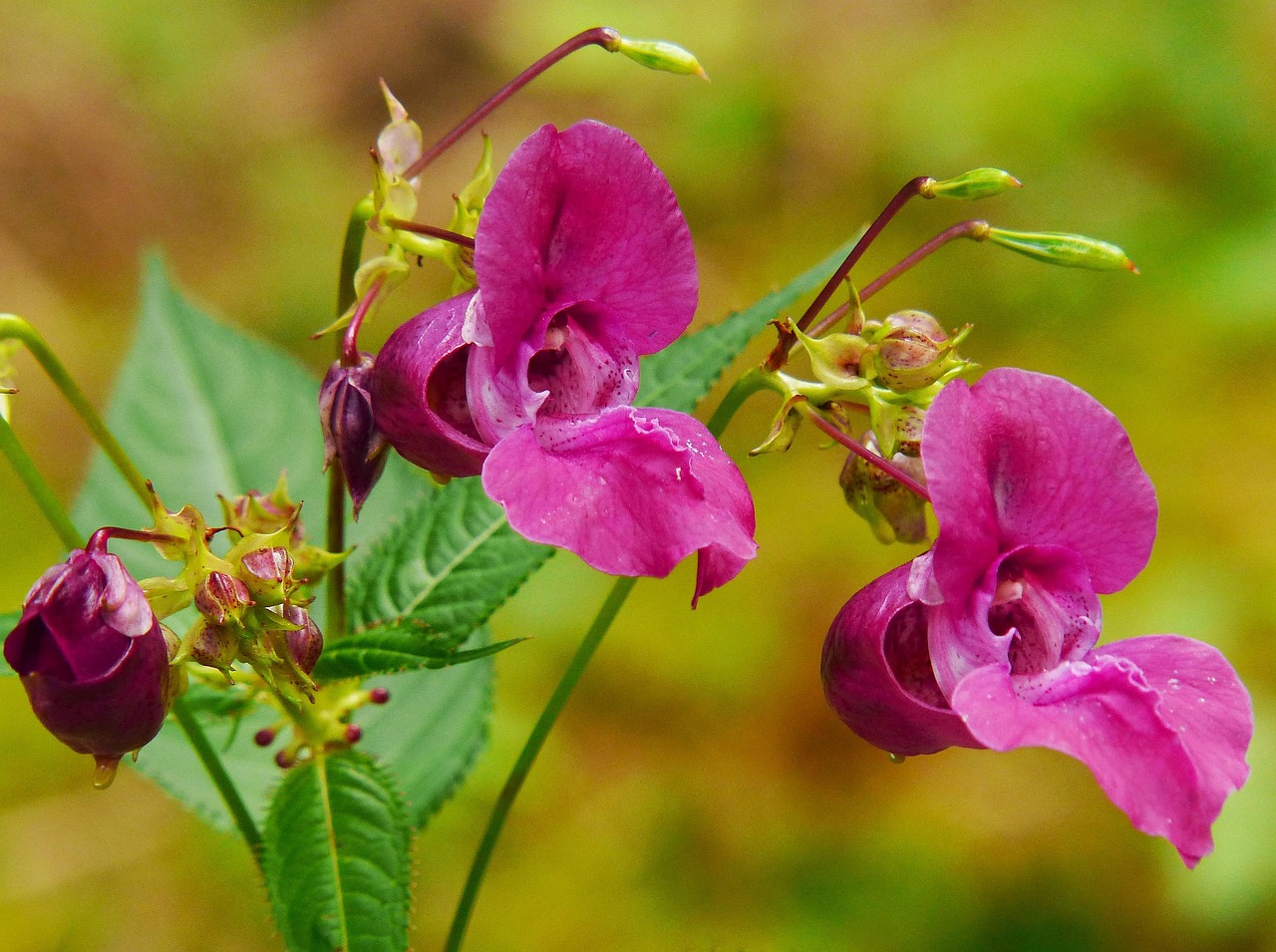Goats can eat balsam fir leaves, but it is not advisable to make them a regular part of their diet. While they are not toxic, these leaves may cause digestive upset in some goats due to their high resin content.
Balsam fir (Abies balsamea) is a coniferous tree native to North America. It is commonly found in forests and is known for its fragrant needles and distinctive appearance. Goats are known for their varied diet, which includes grasses, shrubs, and some tree leaves. However, not all plants are suitable for goat consumption, and it is essential to understand the implications of feeding certain foliage to them.

Goats have a unique digestive system that allows them to consume a wide range of plant materials. Their stomachs have four chambers, enabling them to break down fibrous foods effectively. This adaptability makes them resilient foragers, but it does not mean that all types of foliage are beneficial or safe. Balsam fir leaves are one such example where caution is warranted.
Understanding Goat Nutrition
To understand why balsam fir leaves might not be the best choice for goats, it is crucial to consider their nutritional needs. Goats require a balanced diet that includes:
- High-quality forage
- Grains and concentrates
- Minerals and vitamins
- Fresh water
Forage should make up the bulk of their diet, as it provides the necessary fiber for healthy digestion. Grains can supplement energy needs, particularly for pregnant or lactating goats. Minerals and vitamins ensure that goats receive essential nutrients missing from their forage.

Balsam fir leaves, while not toxic, contain compounds that may lead to digestive issues. The resin in the needles can be problematic for some goats. When consumed in large quantities, these leaves can cause symptoms such as:
- Diarrhea
- Bloating
- Abdominal discomfort
It is important to monitor goats closely if they consume any unfamiliar foliage. This vigilance helps ensure their health and prevents potential health issues related to their diet.
Nutritional Profile of Balsam Fir Leaves
The nutritional profile of balsam fir leaves differs significantly from typical goat forage. Understanding this profile can help goat owners make informed decisions about what to feed their animals. The table below illustrates some key components of balsam fir leaves compared to common goat forage:

| Nutrient | Balsam Fir Leaves | Common Grass Forage |
|---|---|---|
| Crude Protein | ~6% | ~10-15% |
| Crude Fiber | ~30% | ~25-35% |
| Energy Content (TDN) | Low | Moderate to High |
| Resin Content | High | N/A |
This table highlights that balsam fir leaves provide lower protein and energy compared to typical grass forage used in goat diets. The high resin content further complicates their digestibility, leading to potential gastrointestinal issues.
In conclusion, while goats may nibble on balsam fir leaves occasionally without immediate harm, it is prudent to limit their intake. Ensuring a balanced diet rich in appropriate forage and supplements will foster better health and productivity in goats. Understanding what they can safely eat is vital for any goat owner.
Risks of Feeding Balsam Fir Leaves to Goats
While goats can eat balsam fir leaves without immediate toxic effects, there are several risks associated with their consumption. Understanding these risks is vital for goat owners who want to maintain the health of their animals.
The primary concerns include:

- Digestive Issues: As mentioned earlier, the high resin content in balsam fir leaves can lead to digestive problems such as diarrhea and bloating.
- Low Nutritional Value: The low protein and energy content mean that these leaves do not provide sufficient nutrients for growth or milk production.
- Potential Allergic Reactions: Some goats may develop sensitivities or allergies to certain plants, leading to adverse reactions.
- Contamination with Pesticides: If balsam fir trees are treated with chemicals, consuming their leaves can introduce harmful substances into the goats’ systems.
Signs of Digestive Distress in Goats
If goats consume balsam fir leaves and experience digestive issues, they may exhibit specific symptoms. Being able to recognize these signs is crucial for timely intervention. Common indicators of digestive distress include:
- Changes in Appetite: A sudden drop in appetite may indicate discomfort or pain.
- Abdominal Swelling: Noticeable bloating or swelling in the abdomen can signal gastrointestinal problems.
- Diarrhea: Loose stools are a common symptom of digestive upset.
- Lethargy: Reduced energy levels or inactivity can suggest health issues.
- Signs of Pain: Behaviors such as kicking at the belly or lying down frequently may indicate discomfort.
If any of these symptoms are observed, it is essential to consult a veterinarian for proper guidance and treatment.
Alternatives to Balsam Fir Leaves
Goat owners should focus on providing a balanced diet that meets the nutritional needs of their animals. There are many safe and nutritious alternatives to balsam fir leaves. Here are some options:
- High-Quality Hay: Grass hay, alfalfa, or clover hay can provide essential nutrients and fiber.
- Tree Foliage: Safe tree leaves like oak, maple, and willow can be good options for browsing.
- Vegetables: Carrots, beet greens, and other vegetables can serve as nutritious treats.
- Commercial Goat Feed: Specialized pelleted feed can ensure that goats receive all necessary vitamins and minerals.
How to Introduce New Foods
If you decide to introduce any new food items to your goats’ diet, including foliage like balsam fir leaves, it’s important to do so gradually. This approach helps prevent digestive upset. Here are steps to follow when introducing new foods:
- Start Small: Offer a small amount of the new food item to gauge acceptance and tolerance.
- Monitor Reactions: Keep an eye on your goats for any signs of digestive distress or unusual behavior.
- Increase Gradually: If no adverse reactions occur, slowly increase the amount over several days or weeks.
- Consult a Veterinarian: If you have concerns about specific plants or dietary changes, seek professional advice.
Understanding Goat Behavior with Foraging
Goats are natural browsers and prefer to forage on a variety of plants. Their behavior can provide insight into their dietary preferences and needs. Observing how your goats interact with different food sources can help you make informed decisions about what to include in their diet.
When given the option, goats will often:
- Select tender shoots and leaves over tougher, fibrous plants.
- Avoid plants that cause them discomfort, indicating they may instinctively know what is good for them.
- Experiment with new foods but will often return to familiar favorites if they experience negative effects from unfamiliar items.
This natural behavior demonstrates the importance of offering a diverse diet while ensuring safety and nutritional adequacy. Providing a variety of safe options will keep your goats healthy and happy.
Common Plants Toxic to Goats
While discussing what goats can eat, it is crucial to also highlight plants that are toxic to them. Knowledge of harmful plants can prevent serious health issues and ensure that goats remain healthy and safe while foraging. Some common toxic plants include:
- Foxglove: This plant contains cardiac glycosides, which can affect the heart and may lead to death.
- Yew: All parts of the yew plant are poisonous. It can cause sudden death due to heart failure.
- Rhododendron: Contains grayanotoxins that can lead to gastrointestinal distress and heart problems.
- Oleander: Highly toxic, it can cause severe digestive and respiratory issues.
- Nightshade: This plant contains solanine, which can lead to neurological disturbances and gastrointestinal symptoms.
It is essential for goat owners to familiarize themselves with these plants and others that may grow in their environment. Regularly inspecting pastures and foraging areas can help identify any potentially harmful vegetation.
How to Safely Introduce New Plant Species
When considering adding new plant species to your goats’ diet, it is essential to approach the process with caution. Here are steps to safely introduce new plants:
- Research the Plant: Before introducing any new plant, ensure it is safe for goats. Look for reliable sources or consult a veterinarian.
- Observe Existing Behavior: Note how your goats react to their current diet. This observation can provide insights into their preferences and tolerances.
- Introduce Gradually: Start with small amounts of the new plant. Monitor how your goats accept it over time.
- Watch for Reactions: Keep an eye out for any signs of distress or adverse reactions after introducing new plants.
- Adjust Accordingly: If goats show signs of discomfort, remove the new plant from their diet immediately.
This careful approach not only protects the health of your goats but also helps in building a diet that is both varied and nutritious.
The Role of Forage Diversity in Goat Health
Diverse forage is essential for maintaining the health and well-being of goats. A varied diet offers several benefits:
- Nutritional Balance: Different plants provide various nutrients, ensuring that goats receive a well-rounded diet.
- Reduced Risk of Boredom: Goats are curious animals. A diverse diet keeps them engaged and prevents boredom-related behaviors.
- Improved Digestive Health: A varied diet helps promote healthy gut flora, which is vital for digestion.
- Enhanced Foraging Skills: Allowing goats to forage encourages natural behaviors and skills necessary for their overall well-being.
Incorporating a range of safe plants into their diet can enhance the health and happiness of goats significantly. Additionally, it encourages natural browsing behavior, which is essential for their mental stimulation.
Monitoring Goat Health During Dietary Changes
If you decide to change your goats’ diet or introduce new types of foliage like balsam fir leaves, monitoring their health is crucial. Here are some aspects to observe:
- Body Condition: Regularly check the body condition score (BCS) of each goat. A significant change in weight may indicate issues with the diet.
- Dental Health: Healthy teeth are necessary for proper foraging and chewing. Look out for any signs of dental problems.
- Fecal Consistency: Healthy feces should be firm. Loose or watery stools can signify dietary distress or illness.
- Behavioral Changes: Notice any changes in activity levels or behavior. Lethargy or increased aggression can indicate health issues.
Keeping a close watch on these factors will help catch potential problems early and allow you to take corrective action if necessary.
Consulting with a Veterinarian or Nutritionist
If you have concerns about your goats’ diet or specific plants like balsam fir leaves, consulting with a veterinarian or animal nutritionist can provide valuable insights. These professionals can assist you in creating a balanced feeding plan tailored to the needs of your goats based on factors such as age, weight, breed, and overall health status.
Working with experts can also help you navigate any challenges that arise when introducing new foods, ensuring that your goats thrive in their environment while enjoying a safe and nutritious diet.
Potential Benefits of Limited Balsam Fir Consumption
While there are risks associated with feeding goats balsam fir leaves, there may be some limited benefits if they are consumed in moderation. Understanding these potential benefits can help goat owners make informed decisions about their animals’ diets.
- Natural Browsing Behavior: Allowing goats to nibble on various plants, including balsam fir leaves, can promote natural foraging behavior. This behavior is essential for their mental well-being and encourages physical activity.
- Variety in Diet: Incorporating a small amount of balsam fir leaves can add diversity to a goat’s diet. This diversity can help prevent dietary boredom, which can lead to undesirable behaviors.
- Source of Fiber: Balsam fir leaves contain fiber, which can aid in digestion. However, this benefit must be weighed against the potential for digestive upset.
It is crucial to note that these benefits are only applicable when consumption is limited and closely monitored. Overindulgence can lead to health complications, so a balanced approach is essential.
Environmental Considerations for Goat Foraging
The environment in which goats are raised significantly influences their foraging habits and dietary options. Goats thrive in diverse ecosystems where they can roam freely and choose from a variety of plants. Here are some environmental factors to consider:
- Pasture Quality: Ensure that pastures are rich in nutritious plants. Regularly assess the quality of the forage available to your goats.
- Seasonal Changes: Different plants become available throughout the seasons. Being aware of seasonal variations can help you understand what your goats can safely eat at different times of the year.
- Access to Clean Water: Always ensure that goats have access to clean, fresh water. Proper hydration is crucial for digestive health, especially when consuming fibrous plants.
A healthy environment not only supports the goats’ physical health but also encourages natural behaviors and foraging instincts, leading to happier animals.
The Importance of Education and Research
As a goat owner, continuous education about goat nutrition and plant safety is vital. Here are some strategies to enhance your knowledge:
- Join Goat Farming Communities: Engage with local or online goat farming groups to share experiences and learn from others.
- Attend Workshops and Seminars: Look for local workshops on goat nutrition, care, and health management.
- Read Books and Articles: Explore literature focused on goat husbandry and nutrition to deepen your understanding.
- Consult Experts: Regularly consult veterinarians or animal nutritionists for tailored advice and updates on best practices.
Staying informed will empower you to make decisions that enhance the health and well-being of your goats while minimizing risks associated with their diets.
Final Thoughts
Feeding goats balsam fir leaves is a topic that requires careful consideration. While these leaves are not toxic, their high resin content can lead to digestive issues if consumed in large quantities. Therefore, moderation is key. A diverse diet that includes safe, nutritious forage is essential for maintaining the health and happiness of goats.
Understanding goat behavior, monitoring their health during dietary changes, and consulting with professionals ensures that you provide the best possible care for your animals. By being proactive and knowledgeable about their dietary needs, you can foster an environment where your goats thrive.
Ultimately, a balanced approach that respects both the nutritional requirements and natural behaviors of goats will lead to a healthier livestock experience. As you navigate the complexities of goat nutrition, always prioritize their well-being while exploring new dietary options.
